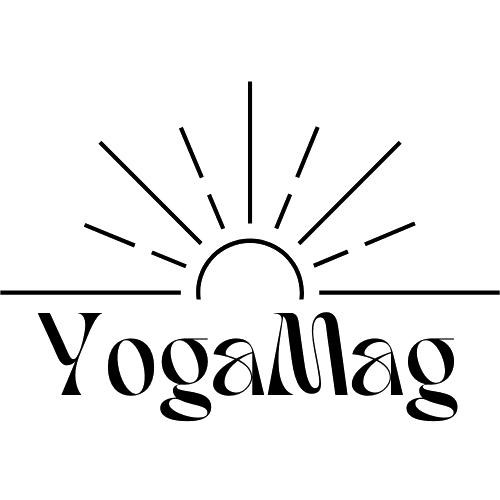Holotropic breat hing is a method that is not as popular in Poland as it is in many other countries around the world. It is a form of deep awareness therapy, introduced by Stanislav and Christina Grof. What is holotropic breathing and what are its benefits? You can find out in our article.
Holotropic breathing what is it?
Holotropic breathing(OH) is a method that allows deepening awareness, feeling emotions, as well as healing traumas and recognizing psychosomatic causes of various life challenges and events. The name of this technique comes from the Greek words holos – whole and trepein – to aim, which means to move toward wholeness and completeness. It is one of the therapeutic tools and involves deep and faster inhalation and exhalation. The participant in the therapy or workshop usually lies down with eyes closed while performing the technique. Contrary to popular belief, this method does not rely on hyperventilation, as it interferes with the OH process. With hyperventilation, automatic processes occur, not a deeper awareness, which is, after all, what OH focuses on. The method we are discussing brings one into deeper contact with emotions, including and especially those that have been suppressed. Deepened breathing can evoke trance-like states, but each patient experiences this differently. Some claim that the method carries sensations similar to those after ingesting psychedelic substances.
Holotropic breathing session
What does an OH session look like? Individual sessions are conducted, as well as group sessions. Very often they are conducted in the company of another person (in a workshop), who watches over the proper course of the session. Its time is usually an hour, although according to the needs it can extend up to 3 hours. At the beginning, loud music is played or live drums are played to help deepen the trance. It is gradually muted as the session ends to help the patient or workshop participants calm down and return to a normal state. After the session, everyone talks about their feelings and sensations.

OH benefits
TheOH method has a number of benefits, as its proponents emphasize. First of all, it allows greater insight into one’s own emotions, healing traumas often associated with childhood. During the session, emotions are literally released, with participants crying, laughing, screaming. OH also feels like a deeper connection to one’s own spirituality, expanding one’s awareness and mindfulness. What are the other benefits of holotropic breathing?
- helps people with depression by alleviating its effects,
- is used in therapy for treating post-traumatic stress,
- provides a relaxation method by relaxing the body and quieting the mind,
- relieves physical pain,
- promotes in the fight against emotional problems.
Holotropic breathing contraversions
Some scientific and therapeutic communities criticize OH. This is mainly related to the consequences of deepened and accelerated breathing. According to critics of the method, it can lead to hypocarbia, that is, a state of lowered carbon dioxide partial pressure in the blood, below normal. This, in turn, can lead to apnea, reflex cerebral ischemia, which manifests as dizziness, tinnitus, dark circles in front of the eyes, and muscle weakness. In addition, it can lead to oxygen shock, which increases the brain’s capacity. It is this reaction that provides the opportunity to experience visions from the past, like repressed traumas. In addition, OH is often used to experience higher states of consciousness and various out-of-body experiences, such as astral travel. This is another objection to holotropic breathing – the therapeutic method is simply often used by occult and esoteric circles. And this discourages critics from taking a scientific view of the method. By the way, it is important to remember not to opt for holotropic breathing alone without a vigilant person.
Breathing methods
Without a doubt, conscious breathing, can experience many positive sensations and effects on our body and mind. All relaxation techniques focus on conscious breathing. If OH is not the method for you, there are a number of other techniques that are relaxing, deepen breath awareness, and heal traumas, such as:
- Mindufulness – a mindfulness practice that is based on meditation, conscious breathing and celebration of each moment.
- EMDR – a method that heals trauma through specific eye movement.
- Wim Hof Method – focusing on the breath and allowing control of the mind to move beyond schematic thinking about the body.
- Mindfulness Therapies – one of the therapies based on meditation and changing one’s way of thinking. In this particular case, conducted by specific spiritual teachers.
Nowadays we have access to a number of alternative forms of working with our consciousness, and thus improving our lives and changing our way of thinking. Holotropic breathing is one proposal in a sea of many, which have both numerous supporters and skeptics. It’s worth taking a conscious approach to choosing the method that will work best for you.

